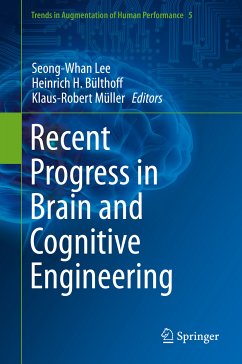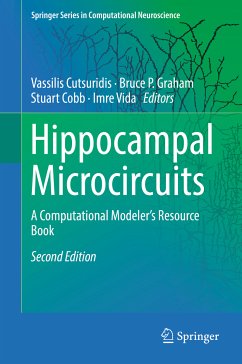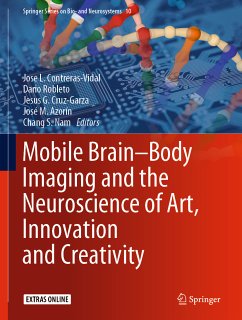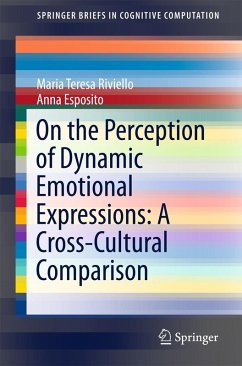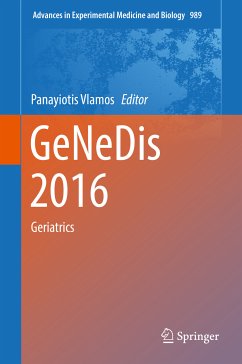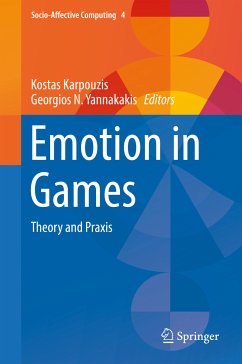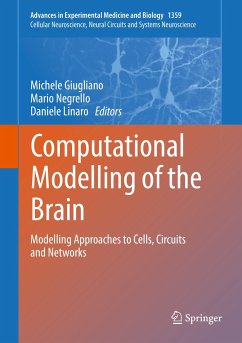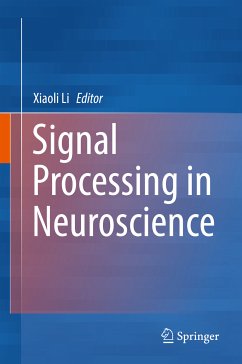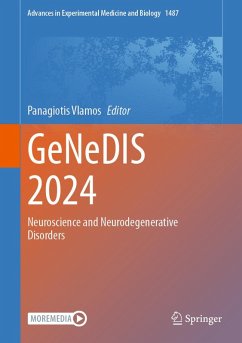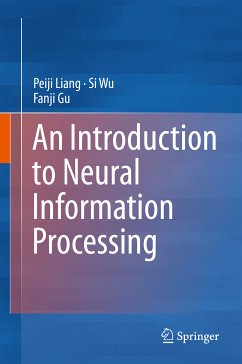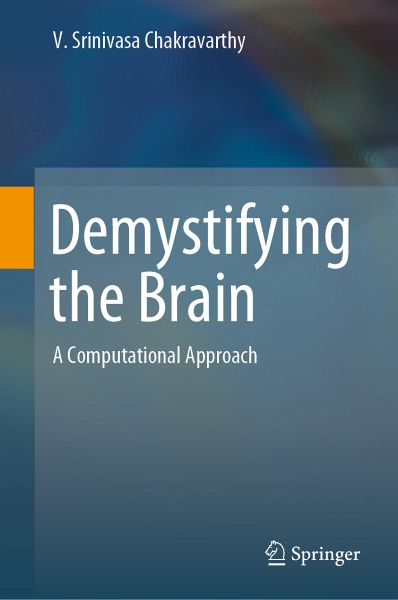
Demystifying the Brain (eBook, PDF)
A Computational Approach
Versandkostenfrei!
Sofort per Download lieferbar
136,95 €
inkl. MwSt.
Weitere Ausgaben:

PAYBACK Punkte
68 °P sammeln!
This book presents an emerging new vision of the brain, which is essentially expressed in computational terms, for non-experts. As such, it presents the fundamental concepts of neuroscience in simple language, without overwhelming non-biologists with excessive biological jargon. In addition, the book presents a novel computational perspective on the brain for biologists, without resorting to complex mathematical equations.It addresses a comprehensive range of topics, starting with the history of neuroscience, the function of the individual neuron, the various kinds of neural network models tha...
This book presents an emerging new vision of the brain, which is essentially expressed in computational terms, for non-experts. As such, it presents the fundamental concepts of neuroscience in simple language, without overwhelming non-biologists with excessive biological jargon. In addition, the book presents a novel computational perspective on the brain for biologists, without resorting to complex mathematical equations.
It addresses a comprehensive range of topics, starting with the history of neuroscience, the function of the individual neuron, the various kinds of neural network models that can explain diverse neural phenomena, sensory-motor function, language, emotions, and concluding with the latest theories on consciousness. The book offers readers a panoramic introduction to the "new brain" and a valuable resource for interdisciplinary researchers looking to gatecrash the world of neuroscience.
It addresses a comprehensive range of topics, starting with the history of neuroscience, the function of the individual neuron, the various kinds of neural network models that can explain diverse neural phenomena, sensory-motor function, language, emotions, and concluding with the latest theories on consciousness. The book offers readers a panoramic introduction to the "new brain" and a valuable resource for interdisciplinary researchers looking to gatecrash the world of neuroscience.
Dieser Download kann aus rechtlichen Gründen nur mit Rechnungsadresse in A, B, BG, CY, CZ, D, DK, EW, E, FIN, F, GR, HR, H, IRL, I, LT, L, LR, M, NL, PL, P, R, S, SLO, SK ausgeliefert werden.



